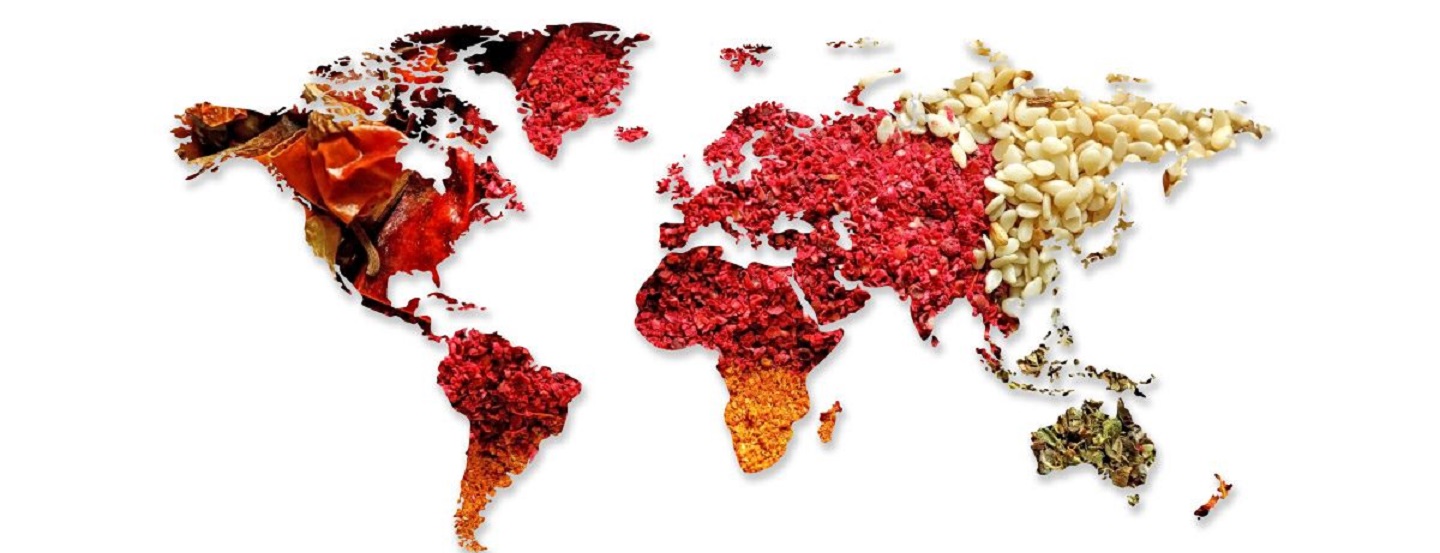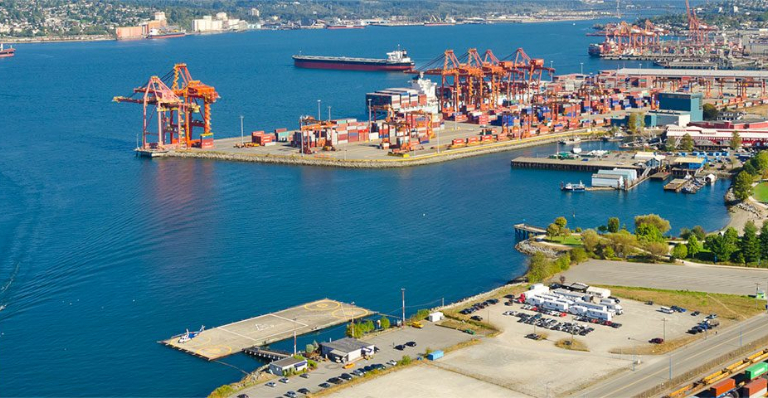Rules of origin are one of the more complex aspects of free trade agreements. At the basic level, rules of origin determine where a product or service comes from. Where a product originates, however, is not always clear. Do rules of origin refer to where a product was manufactured or processed? Sometimes. Is Canada the country of origin for a food that was sourced elsewhere but packaged here? Maybe. What about businesses that frequently use components or inputs from across the globe? This is where knowing your supply chain will benefit you.
Understanding rules of origin can help you to grow your business when selling outside of Canada.
By understanding how rules of origin apply to your products – and to the components sourced through your supply chain – your business is better positioned to comply with conditions of free trade agreements.
Understanding rules of origin can help your business take full advantage of tariff reductions within those free trade agreements to boost profits and grow your business internationally. When tariffs are removed, your business is treated almost like a local entity. You can price products and services competitively because you don’t have the burden of tariffs. But first you have to understand how rules of origin affect the products or services you’re selling internationally.
There are three things that frequently impact how a product or service’s origin is defined.
Has your product triggered a change in tariff classification? Even outside specific trade agreements, the World Trade Organization (WTO) defines a product’s origin as the place where the “last substantial transformation took place.” If you’ve imported components from outside Canada, those inputs have to be substantially transformed in Canada to trigger a tariff shift and qualify for the “origin of Canada” classification.
It’s up to individual businesses to track and document components sourced through their supply chains. Keep in mind that, even when a tariff shift occurs, your product may still have to comply with other rules of origin to receive preferential tariff treatment outlined in a free trade agreement.
How much regional content does your product contain? Free trade agreements often specify that a certain percentage of materials in any product must be sourced from signatory countries. Under the North American Free Trade Agreement (NAFTA), for example, a certain percentage of components in each product must originate in Canada, the U.S. or Mexico. Regional content rules vary depending on the free trade agreement, the product and the industry or sector.
Does your product comply with sector-specific rules outlined in the free trade agreement?
Even if you’ve complied with tariff shift and regional content rules, you must also be aware of rules specific to your product or sector. For example, although rare, there is a chemical reaction rule, which defines a product’s country of origin based on where certain chemical reactions have occurred in the production process.
Business need to take the time to understand the rules of origin defined within each trade agreement Canada has in place. Within each agreement, you’ll find rules specific to your sector, and even to your product within that sector.
You must keep track of where you purchase components. This will help you to understand the amount of regional content in your product. It will also help you understand if your product qualifies for preferential tariff treatment in the country where you’re selling.
Documenting rules of origin compliance
Once you figure out your rules of origin requirements and then determine that you are in compliance, you’ll want to document your compliance. Some agreements, such as NAFTA, require certificates of origin to accompany your exports, while others, such as CETA, allow you to simply state your compliance on your invoice. You will want to keep all documentation that shows you’ve tracked inputs through your supply chain and that they, too, comply. It’s a good idea to keep those records on hand for seven years because customs services in various countries can challenge you on rules of origin at any time.
There are experts you can call for help with rules of origin. Start with the Trade Commissioner Service (TCS), a division of Global Affairs Canada. The Trade Commissioner Service has offices all over the world. They offer free advice to Canadian businesses looking to sell products internationally. In the private sector, trade consultants, customs brokers and trade lawyers are well versed in rules of origin.
Canada Border Service Agency and U.S. Customs can also help you understand rules of origin. You can seek advance rulings from Canada Border Service Agency, U.S. Customs or Mexican customs on whether your product qualifies under NAFTA’s rules of origin, for example.
The same goes for the Comprehensive Economic and Trade Agreement (CETA) Canada signed this year with the 41 countries of the European Union.
You will be required to provide accurate information about the product you’re exporting –the sourcing of inputs, for example — but as long as you comply with what you said in your application, the customs services will generally respect the advance rulings they issue. Keep in mind that you could still be subject to rules of origin verification by the customs service of the importing country as well.
There are online resources to help you understand rules of origin. Global Affairs Canada publishes the text of all trade agreements online. The Canada Tariff Finder is a free tool that allows Canadian exporters to check the tariffs applicable to a specific good in a foreign market. It focuses on countries with which Canada has trade agreements. Each product has an HS code and you can find yours here.
If your rules of origin statements are contested by a customs authority, you will want to consult an expert for help. Your first stop should be the Canadian government, which has, in cases where there’s a good argument, made representation on behalf of Canadian businesses who get caught in this quagmire. Canada made representation, for example, in two historic cases under the Canada-U.S. free-trade agreement — those of CAMI and Honda, both in the automotive industry and both of which were addressed subsequently in NAFTA. At the very least, the Trade Commissioner Service will be able to point you in the right direction. Note that the government will want to see a lot of documentation and evidence to back up your case.
Other experts to consult include a customs broker and a trade lawyer, preferably one based in the country that’s contesting your rule of origin. Asking the TCS where to start is a good plan.
Checklist on rules of origin compliance
- Determine your HS code using online tools here.
- Determine the rules of origin for your product using your HS code.
- Determine whether you comply by examining every component in your product, examining your supply chain and getting assurances about origin from your supplier if needed under your rules of origin. (It may not be if you have only a requirement for a tariff shift).
- Document your compliance according to the agreement in question. (For NAFTA, you need a certificate of origin; for CETA, you can write it on your invoice).
- Get a free ruling in advance on your rules of origin from customs officials.
- Keep your records that prove you’re in compliance.
Checklist for disputes around rules of origin
- If your rules of origin are contested, collect the documentation that will support your case.
- Consult a professional. Start with the Trade Commissioner Service to determine if the government will help you with an appeal.
- If the government can’t help, consult a customs broker.
- If the customs broker can’t help, consult a trade lawyer.







